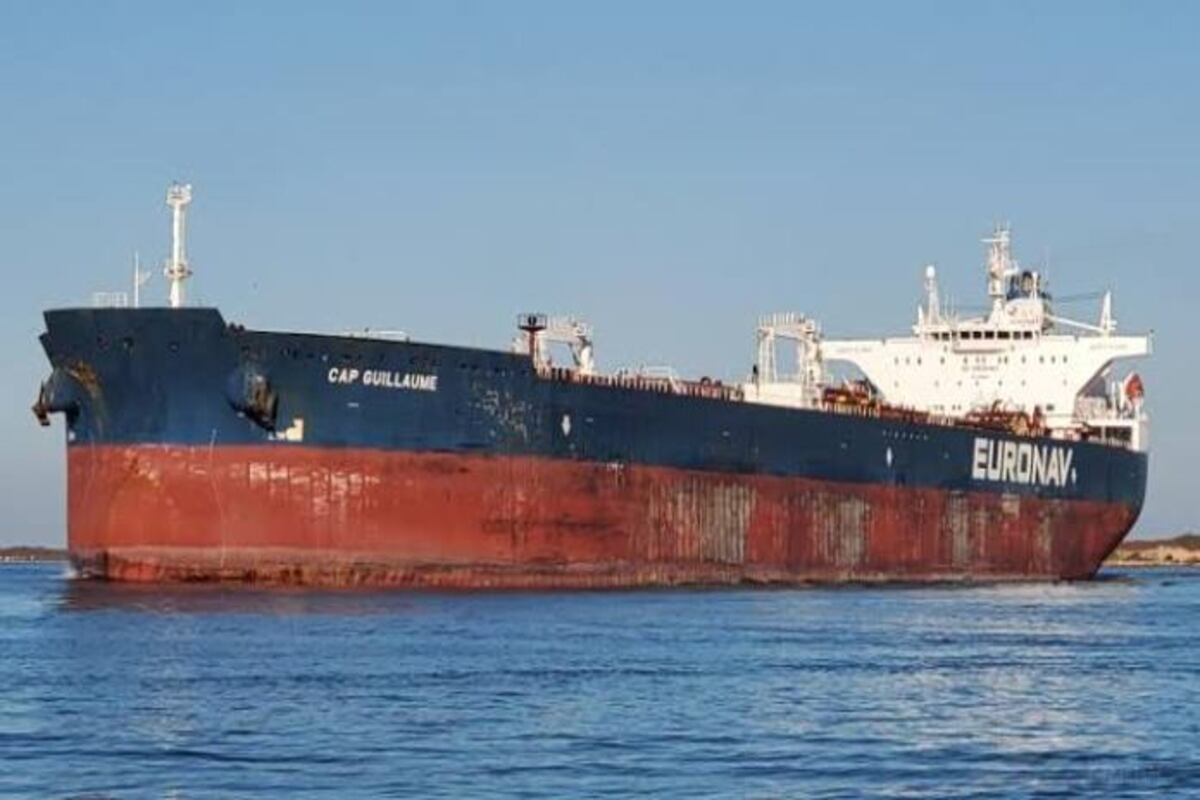In the vast tapestry of global commerce, few threads are as crucial to India’s economic fabric as the flow of goods through the Red Sea. Yet, recent disruptions due to geopolitical tensions have thrown a stark spotlight on the vulnerabilities inherent in such concentrated trade routes. The ramifications, both immediate and long-term, are profound, impacting not only India’s inflation and growth prospects but also underscoring the urgent need for diversification and resilience in trade strategies.
As the government rightly points out, approximately 80 per cent of India’s trade with Europe traverses the Red Sea, encompassing vital commodities ranging from crude oil to textiles. The recent spate of missile and drone attacks by Yemen’s Houthi militants has prompted shipping firms to reroute vessels, circumventing the Suez Canal and elongating transit times. Consequently, the resultant surge in freight costs and insurance premiums threatens to inflate the prices of imported goods, amplifying inflationary pressures domestically. Moreover, the ripple effects extend beyond the realm of imports, casting a shadow over India’s export competitiveness. Disruptions in shipping lanes jeopardise the timely delivery of agricultural produce, textiles, and petroleum products, eroding the price advantage crucial for sustaining market share in global trade.
Advertisement
The government’s acknowledgment of these challenges underscores the imperative for proactive measures to diversify trade routes and fortify transportation options. Yet, amidst these challenges looms a glimmer of optimism. Despite the headwinds buffeting India’s economic sails, there remains a steadfast confidence in the nation’s resilience and capacity to weather the storm. The upward revision of the GDP growth estimate for the current fiscal year to 7.6 per cent signals not just statistical optimism but is a testament to the enduring strength of India’s economic fundamentals. It underscores the agility and adaptability ingrained within the Indian economy, capable of navigating treacherous waters and emerging stronger on the other side.
Furthermore, the inflation outlook, while tinged with apprehension, is tempered by the promise of seasonal relief. The uptick in summer crop sowing offers a glimmer of hope for stabilising food prices, providing a cushion against inflationary pressures. However, it is imperative not to underestimate the challenges ahead, as the central bank maintains a steadfast focus on steering inflation towards the 4 per cent target. In essence, the Red Sea crisis serves as a stark reminder of the intricate interplay between geopolitics and global commerce, underscoring the fragility of supply chains tethered to volatile regions.
Yet, it also catalyses a moment of reckoning, compelling policymakers and industry stakeholders alike to recalibrate strategies and embrace diversification as a cornerstone of resilience. The journey ahead may be fraught with uncertainties, but it is also ripe with opportunities to forge a more robust and adaptive economic landscape ~ one that thrives amidst adversity and charts a course towards sustainable growth and prosperity











